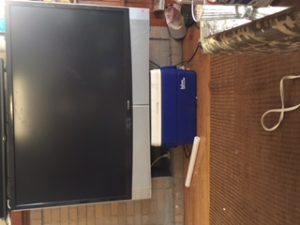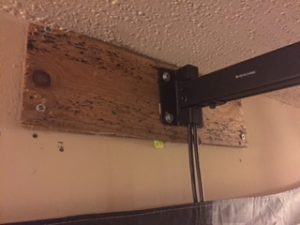Interaction
Graffiti Wall
For the interactive immersion, I went to Clay high school and stood in the hallways as they got out of their last class of the day. I asked students to write down a word or two answering the question, “What made you decide to come to Clay?” Some students continued to walk past ignoring us asking for help, but I was able to get 24 responses before the hallways emptied. Because we stood at the wall while students responded, we were able to limit the answers to ensure that most answers were appropriate and valid.
I gathered interesting results from the graffiti wall. Each response fell in one of the following 4 categories: sports, the magnet program, friends, or the student didn’t have a choice (their parents made them or they had to because they live in district). Sports, the magnet program, and friends totaled 8, 7, and 6 responses respectively while not having a choice fell below with 3 students.
The most surprising thing about these results is the fact that the most dominant response was sports, yet when I asked everyone about how their sports teams were, there were mostly only negative responses. If sports are valued so highly as an attraction factor, Clay could be losing a lot of students to schools with better sports teams. The magnet program and choice to be with friends followed our expectations. From this group, we didn’t have many kids say they didn’t have a choice of what school they wanted to attend which may provide insight that the parents are not as involved in most students’ decision as I may think.
One thing to think about is the overlap of all of these categories. This interaction doesn’t really allow us to analyze the synthesis of some categories. We need to think about how they all play a role together. The response “friends” may lie fundamentally in the fact that people often form their friends in elementary and middle school, therefore rely heavily on the district even though students may not acknowledge this as their decision variable. These numbers may not accurately reflect whether students have much say in their decision even though they may believe they do.


